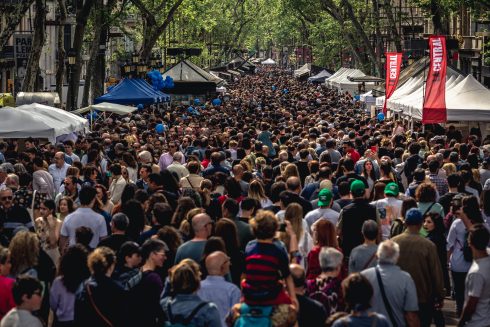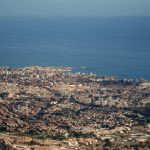ONE of the positive outcomes of the coronavirus restrictions for me is that with so much time at home, I’ve had the opportunity to look back over the last 22 years of living in Spain, and assess my career as a writer and novelist.
I arrived in Malaga in 1998, with my new husband and our giant schnauzer, but I didn’t begin writing straight away – as any expat knows, settling down in a new country takes time; there is the home to organise, mountains of paperwork to go through, and a new language to learn.
And, more importantly, as we were both avid golfers, there was a golf course to join.
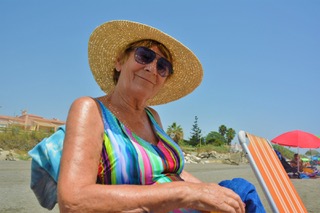
I was looking forward to my new life in Spain. I had just taken early retirement and the opportunity to do something that had always been my dream, was exciting.
Then, using a lot of the research I’d done for that first book, I wrote two novels, Spanish Lavender, which is a love story set in Malaga during the Spanish Civil War, and The House on the Beach, the story of two girls living in post-war Spain and struggling with the restrictions of the dictatorship.
The same publisher took on Spanish Lavender, but by then I was beginning to realise that after the first flush of sales, their interest would dwindle and I was powerless to do much about it. That was when I decided to self-publish.
For years I had worked, first as a school teacher and then, after a career move, as a management consultant and trainer at Missenden Abbey Management Centre.
Now I planned another change of direction, I was going to become a writer. But it wasn’t just my working life that was changing; three months before we left the UK my partner and I got married and our wedding reception was as much a farewell party as a celebration.
There was the disadvantage of writing books in English while being a Spanish resident, so it was impossible to find an agent in the UK willing to take me on; I lived too far away.
I eventually discovered a publisher for my first book, a work of non-fiction about women’s lives in Spain during the Franco era, which I called Daughters of Spain. What a moment that was, to see my book in print for the first time.
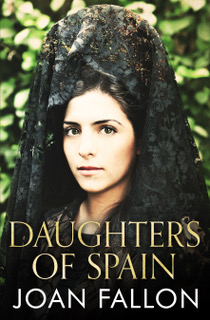
That was in 2012 and a number of other independent writers were beginning to realise that if they ever wanted to get their books out to the public they would have to do it themselves.
Self-publishing had became possible because of the introduction of Print on Demand; instead of having to order 1,000 copies of a book and then wonder how to sell them and recoup the cost, I could order what I needed, even a single copy.
It wasn’t easy. To start with I did everything myself, including the marketing, but gradually I began to appreciate the importance of making sure my books were not only good to read, but looked professional.
I used Ingram Spark for the printing, found a wonderful cover designer who said I needed to establish a brand image, and of course, most importantly an excellent structural editor.
Working with the designer and the editor transformed my books, and gave me so much more confidence about selling them.
Nowadays there is a plethora of companies offering help and advice to independent authors. We even have our own organisation, The Alliance of Independent Authors, where new writers can get advice and useful contacts, so no need for the trial and error process that I went through eight years ago.
When I’m writing I try to keep to a strict regime, writing from 10am until 2pm each day, and giving myself a break at the weekends to see family and friends.
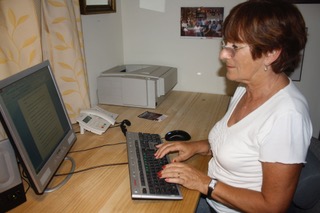
The time it takes to produce a novel from start to finish varies a lot depending on the amount of research involved. The research for The Shining City, for example, took six months before I put pen to paper. And it doesn’t always stop there, because as the story develops you become aware of other things you need to investigate further. Some writers set themselves a target of so many words a day, but I have never done that because I like to do a lot of editing as I go along.
There is no right or wrong way; it’s just a matter of personal preference.
My 15th book has just been published, and once again it is a historical novel about Andalucia. When I first came to Spain, I fell in love with the country, its language and its culture, particularly its Moorish heritage, which I knew absolutely nothing about.
If you asked me what it is that I like so much about Andalusia, I could probably go on for hours. I find the people warm and friendly; they listen patiently to foreigners struggling with their language and are appreciative that they have bothered to learn it.
The region is steeped in ancient history, and as I soon discovered, the 700 years that the Moors lived in Spain had a lasting influence on the country – on the architecture, the language, the food and the music.
Of course I love the climate, hot but never too hot and never too cold, and with a coastline that borders the Atlantic and the Mediterranean, what could be better?
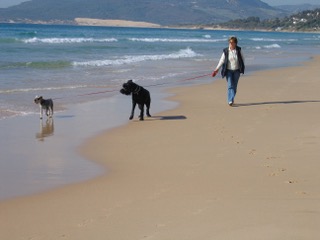
It is a region of beautiful countryside, with mountain ranges and fertile valleys, with forests and vineyards. In the time I have lived here, I have travelled a lot in Spain and Portugal and seen some fantastic scenery, but I’m always happy to return to Andalucia, and especially to Malaga.
I’d wanted the opportunity to write ever since I was a teenager, but now that I had the time to do it, I found I was very hesitant about how to get started, and in particular how to get published.
People have often asked what inspired me to write the first book in the al-Andalus trilogy. It all started back in the year 2000 when I went to an exhibition in Madinat al-Zahra, a ruined city outside Cordoba.
I knew nothing about the place before that and I was fascinated by its history, and particularly by the fact that the city had only existed for 75 years before it was destroyed. I knew that one day I would write a story about it. From that one visit came the al-Andalus trilogy, and the more recent City of Dreams trilogy, which is set in Malaga and Granada in 11th century.
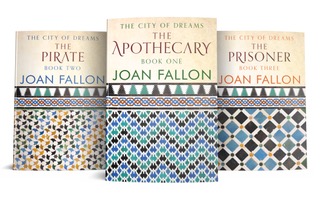
My latest book, The Prisoner, is the third and last in The City of Dreams trilogy; I don’t intend to write any more novels set in that period, but will move back to where I started, Spain during and after the Spanish Civil War.
Of the 15 books I have published, nine are historical fiction, five are literary fiction and one is non-fiction. If you want to find out more about my books, my webpage is www.joanfallon.co.uk and they are all available on Amazon and at both on-line and traditional bookshops.
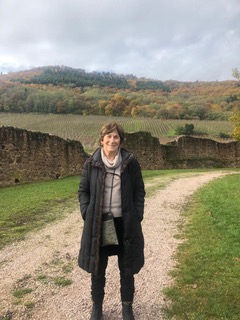
My top 10 favourite things to do/visit in Malaga are:
Lunch in the port with the grandchildren,
Jardin Botanico – Historico La Concepcion,
The view from the Gibralfaro and Alcazaba
Wandering around the Mercado Central
The Thyssen museum
Walking in the mountains of Malaga
The Glass Museum
Dinner at the Baños del Carmen overlooking the port
Musical concerts at the Teatro Cervantes
Summer concerts in the Parque del Malaga








